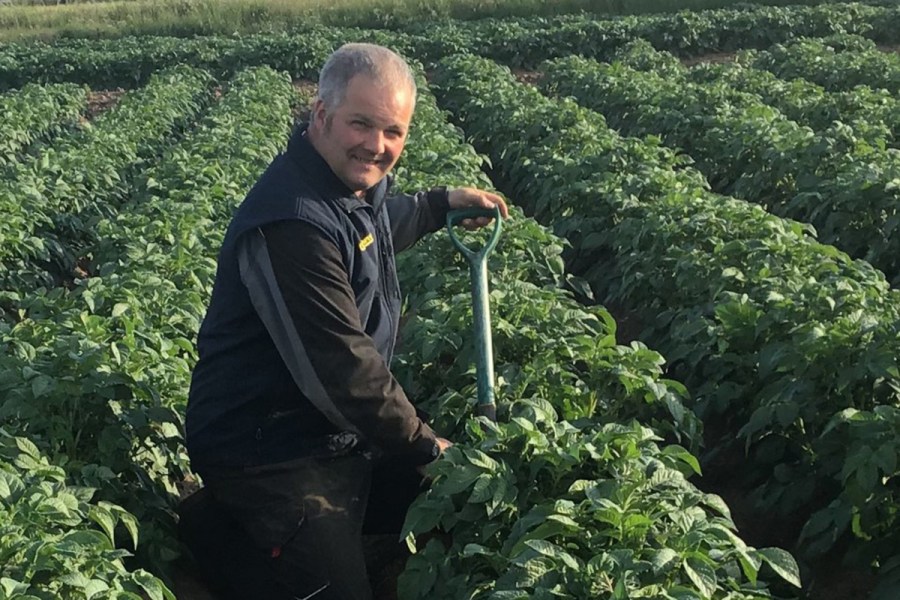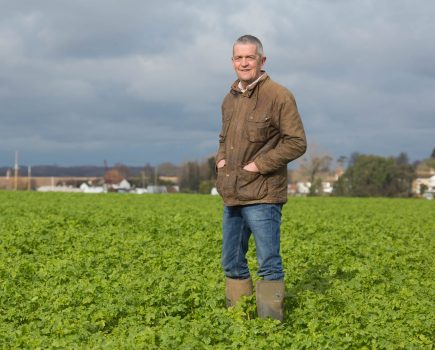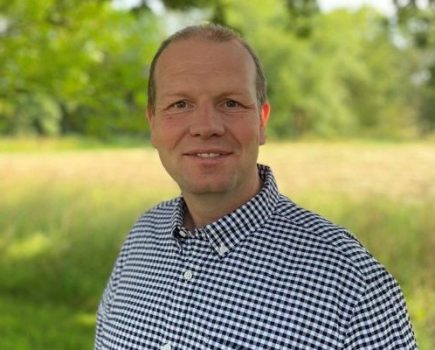By Andrew Wilson
Frustration – that’s farming this year. The good old British weather has been enough of a challenge, but a mix of unsteady politics, volatile prices, cost increases and a general reduction in availability of the tools of our trade, is a bit of a tester for me this season.
Potatoes are an expensive and high-risk crop to grow with much that can go wrong; the responsibility and risk are significant and our markets demanding. There’s a school of thought to ‘throw the kitchen sink at it’ and all will be well – but that’s expensive, mostly unnecessary, and not very friendly to soil, critters or the overdraft. Attention to detail is the constant that always delivers but has to be applied by all to be effective.
What I’m getting at, is we as growers take responsibility for everything that our operations do, but have no control over what happens before inputs arrive at our farm gates, nor when our crop leaves for its final destination – seed being a current case in point.
I can’t make a silk purse from a sow’s lug (as the saying goes) and this year, it’s not unfair to say that some of our crops are on the back foot due to factors beyond our control. Notably, rhizoctonia from old damaged sprouts which has been exacerbated by cool soils and very heavy rainfall, but also blackleg caused by rots in seed.
Dressings have certainly proven their worth this year, with infection generally worse in untreated situations. I’m yet to see much difference between various in-furrow products this year – but the inevitable run out of DAP in one bed by the roadside clearly shows the value of placed phosphorus!
It’s not all bad – good seed chitted by us was out of the ground in two weeks and was a sniff away from full canopy a fortnight after the longest day – with 40mm of steady rain over three days recently; it has some potential.
I visited Groundswell last month and was interested to learn more about their no-till potato trials. Personally, I believe this has a long way to go to become commercial practice, not least because of the volume of straw required, but also the difficulty in harvesting a crop of acceptable quality. Sometimes eggs have to be cracked to make an omelette.
On a similar theme, I spent some enjoyable hours at an AHDB monitor farm meeting recently, listening and learning from the wisdom of David Purdy (among others) about soil health. It’s important to get off the farm occasionally and do CPD to extract some value for the levy.
We have two small fields of heavy wet land which didn’t get sown this year, which if nothing else presents opportunity. We’ve mole drained them and are in the process (between deluges) of setting up an inter-row bi-crop experiment. Essentially, this is an extension of our wheat bean experiments thus far and involves sowing beans with narrow coulters on our strip- till drill, then moving the drill across half a row width on the GPS and sowing a cereal (in this case oats) with the wider coulters.
My thinking is around weed suppression as much as anything, but also maximising use of space so both components perform better. It’ll be treated as a summer cover crop, with those fields sown with wheat as planned.
If we decide it’s worth a go for real, the bi-crop will be on lighter, cleaner land because the compromise in grassweed control to facilitate wheat and beans together on our heavier land is too much of a negative to make such a thing viable.
We managed to snatch a dry week in June to make our hay. This is on land that sits very wet most years, the rent for which being mostly covered by the BPS payment in the past. I’m looking at a herbal ley conversion to increase its potential but with a change of government, who knows what the future holds – long-term farming and short- term politics never were very compatible.
With the cereal harvest upon us and potato harvesting already started for some, please do take a moment to do a walk around risk assessment occasionally. My general philosophy is to make the safe way the easy way, then it gets done safely.
It’s frustrating when machines block and somewhat annoying that manufacturers can’t manage to develop more operator- friendly ways to clear blockages without physical intervention, but there are always ways to improve things on the ground.
Happy (and safe) harvesting everyone.
This article was taken from the latest issue of CPM. For more articles like this, subscribe here.
Sign up for Crop Production Magazine’s FREE e-newsletter here.




